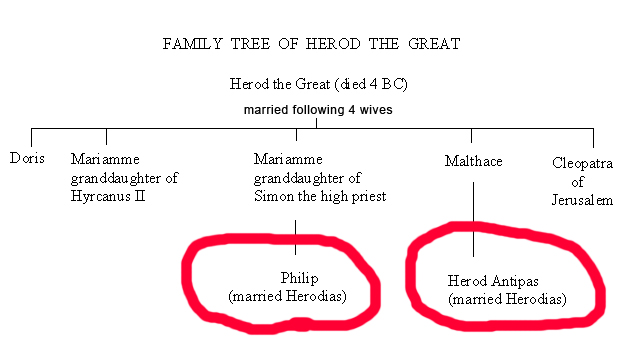The Blessed Virgin Mary and Her Other Children by DefendingtheBride.com
https://www.defendingthebride.com/ma2/brothers.html
How can we prove that the verses below do not prove that Mary had other Children ?
Jesus is said to have had brothers. The Greek word for “brothers" is “adelphos” and it is a compound word. A = “same” and delph = “womb.” So, some Protestants argue that these “brothers” of Jesus must be from the same womb as Himself and thus children of Mary, His mother. However, this is an etymological fallacy. The derivation of a word, its etymology, will give you the history of a word, but it does not necessarily give you the correct definition of that word. For example, Plato (429 -347 BC) in his LAWS XI 924 E for his model state: “That brother [adelphos] who is born of the same father or of the same mother …” Therefore, the word “adelphos” cannot necessarily mean from the same womb. Plato also uses the same word to mean “kindred, or relatives.” In order to get past the prejudice of to how to interpret the word “adelphos” which is used in reference to Jesus, it is beneficial to consider other Bible passages that also use that word, but in a different context.
|
|
|
|
|
The phrase “his mother's sister,” in Jn 19.25 [below], is a reference to the mother of the sons of Zebedee , a.k.a. Salome. This is also evident when we compare Matthew 27:56, Mark 15:40, and John 19:25 [see quotes below.] These passages show a consistency whereby each of these three Gospels lists all three of the women at the cross besides the Blessed Virgin Mary. It would have been self evident that a loving Jewish and presumably widowed mother of an only child would have been at the cross so it was almost redundant to state that the Blessed Virgin Mary was there. Those other three women are Mary Magdalene, the “other Mary” who was the wife of Clopas and the mother of James and Joseph (or Joses), and Salome who was Zebedee's wife and who is described as Mary's sister. However, we know that Mary and Salome were cousins (see family tree below) so this is an example of “adelphos” (actually, the feminine version of the word in this case), being used with a wider definition than just children from the same womb.
|
|
Early church writers record that Salome, Zebedee’s wife, was actually the cousin of the Blessed Virgin Mary. See quotation below chart. The fact that they are called “sisters” in the Bible verse above shows that the word “sister” had a less restricted meaning and included close relatives. (The Greek word used in the Bible is the feminine version of “adelphos.”)
|
|
|
|
|
|
|
|
Here is another example. We know that King Herod and Philip are called brothers (Greek: adelphos) in Mark 6.17. Yet, we know that they are not from the same womb [as the derivation of that word might suggest.] Their father King Herod the Great had four wives and they were born of different mothers. |
|
|
|
|
(See DICTIONARY OF THE BIBLE by John L. McKenzie,S.J., page 355 for a more detailed chart of Herod's family.)
James, The Brother of the Lord
Galatians 1:19 There are two Apostles named James. However, it is clear that neither one of the Apostles named James is the son of Joseph and Mary. They are stated to be the “son of Zebedee” and the “son of Alphaeus” in the lists of the Apostles. See Mark 3:14-19, and Matthew 10:2-4.
Mark 3:14-19 When we compare these texts with John 19:25 we can deduce that Clopas and Alphaeus must be the same person. This can be easily explained, as Karl Keating points out, because the Aramaic name Alphaeus can be rendered in the Greek as either Alphaeus or as Clopas. Or Alphaeus could have taken a Greek name similar to his Jewish name the same way as Saul took the Greek name Paul. In the second century church historian Hegesippus explained that Clopas was the brother of Joseph, Mary’s husband. Therefore, by marriage, Clopas’s sons and Jesus were close relatives, and hence they were called brothers in close knit familial society of the Hebrews. Therefore, the reference to the brothers and sisters (ADELPHOS) of Jesus does not mean that Mary had other children. |


